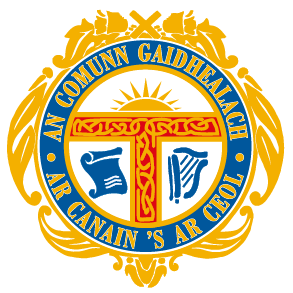Home to a host of architectural treasures. Full of hidden gems. Paisley is just waiting for you to discover!
Our compact town centre is easily-walkable. From the iconic Paisley Abbey to the stunning Coats Paisley and the majestic Anchor Mill, you’ll want to look up all the time!
The world-famous Pattern took Paisley’s name around the world. Paisley was at the centre of the global textile trade. The legacy of that time is still visible today as you walk around town.
Paisley is full of steeples, spires, smiles and surprises. Come and see for yourself.
A story woven over time
Paisley’s rich heritage stretches back over 1,000 years. It takes in royalty, radicalism and national heroes.
The first Stewart king, Robert II, grandson of the famous King Robert the Bruce, was born in Paisley Abbey in 1316. Perhaps the most famous Scot of all, Sir William Wallace, was born in the nearby village of Elderslie. He is reputed to have been educated by the monks of Paisley Abbey.
Visitors can admire a stained-glass window dedicated to Scotland’s Braveheart along with a series of stunning artefacts and carvings. History literally runs beneath your feet with the mysterious Great Abbey Drain, possibly a secret medieval passageway.
A skyline of steeples and spires
Look up! Few towns of Paisley’s size have such a beautiful skyline.
Paisley Abbey is the town’s most recognisable landmark. But there are architectural gems everywhere.
The neo-Gothic Coats Paisley was once known as ‘the Baptist cathedral of Europe’. St Matthew’s Church has been described as ‘the most significant Art Nouveau church in Europe’.
The legacy of the Coats and Clark threadmaking dynasties can be seen across the town. Buildings they built include Paisley Town Hall, Coats Observatory and Paisley Museum.
Look out for mill buildings, monuments and statues as you walk around Paisley.
Radical roots
Paisley has a long and proud tradition of radicalism.
This tradition came to the fore in a famous dispute between the weavers who made Paisley shawls and their 19th Century ‘middle managers’ (the corks). The issue was payment for an unseen cotton thread that bound the garments— the sma’ shot.
The weavers’ ultimate victory is celebrated each July with Sma’ Shot Day. This is one of the oldest workers’ festivals in the UK.
You can learn about the fascinating lives of the weavers at the Sma’ Shot Cottages.
The pattern that changed everything
The skills of Paisley weavers meant the town was ideally-placed when an intricate teardrop motif of Kashmiri origin became fashionable across Europe.
The iconic Paisley Pattern was born in the 18th Century. Favoured around the world, it has since been famously-worn by everyone from Queen Victoria to The Beatles!
Cotton Street, Silk Street, Gauze Street… walk around the town centre and a quick look at the street names makes clear that Paisley made textiles, and textiles made Paisley.
The town that thread built
Between the late 18th and mid-19th Centuries, Paisley was transformed by the Industrial Revolution into an economic powerhouse.
It became ‘the town that thread built’ and two family firms—the Coats and the Clarks—were at the forefront.
Paisley Thread Mill Museum is the perfect place to explore this fascinating social history.

